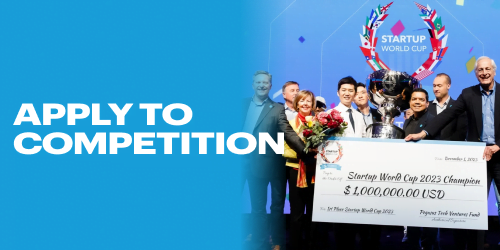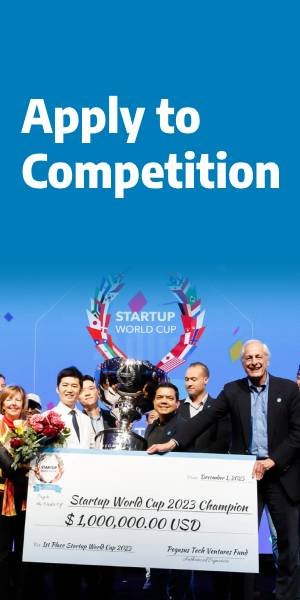In a significant policy shift, Cyprus’ Agriculture Minister Maria Panayiotou announced a new decree adjusting the milk quotas to produce Halloumi with Protected Designation of Origin (PDO) status. This decree, effective from February 2025, aims to bolster the authenticity and market strength of Cyprus’ primary export product by increasing the goat and sheep milk content from 25% to 30% in the Halloumi mixture.
Addressing Seasonal Variability and Production Standards
The decree marks a pivotal change in the agricultural landscape, reducing seasonality from six to five months and setting an annual average quota of 23% for goat and sheep milk, up from the previous 18%. This adjustment benefits both seasonal and year-round goat and sheep farmers, providing a more stable production environment and aligning with European Union environmental commitments by limiting cow milk usage in Halloumi production.
Follow THE FUTURE on LinkedIn, Facebook, Instagram, X and Telegram
Technological Integration for Enhanced Monitoring
The introduction of advanced software for tracking goat and sheep milk, slated for October 2024, signifies a forward-looking approach. This system will gather critical data to inform future quota decisions, ensuring that the decree is data-driven and responsive to production realities.
Financial Incentives and Infrastructure Development
The government has introduced financial measures to support the agricultural sector in tandem with the quota adjustments. These include targeted incentives for increasing goat and sheep milk production, infrastructure improvements, genetic enhancement, and the expansion of production units. Such initiatives are expected to modernise the industry, making it more resilient and competitive.
Strategic Goals and Long-Term Vision
Minister Panayiotou emphasized the decree’s alignment with the broader goals of sustaining PDO Halloumi’s status and ensuring its market strength. The five-year transitional period granted by the European Commission, ending in 2029, allows Cyprus to gradually meet the EU Regulation 2021/591 requirements, which mandate a minimum of 51% goat and sheep milk in Halloumi production.
By actively engaging with stakeholders and implementing these comprehensive measures, Cyprus is set to reinforce its position in the global Halloumi market. This decree is a strategic move towards balancing traditional practices with modern demands, ensuring the long-term viability of an iconic Cypriot product.



